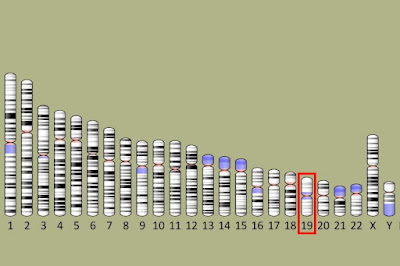Tau or neurofibrillary tangles protein is one of landmarks of the Alzheimer's disease. It is abnormal accumulation of protein in the brain cells.
The abnormal conditions of Tau could spread from one neuron to another neuron.
Their patterns are exactly the same with the spreading of infections in many diseases as we know.
The researchers, Stephen Dominy and his colleagues, reported in ScienceAdvances (2019) that toxic enzymes from the bacteria Porphyromonas gingivalis were found in Alzheimer’s brain patients.
Moreover, the percentage quite higher that about 99 and 96 percent of 54 human Alzheimer’s brain samples correlated with tau and ubiquitin pathology.
Porphyromonas gingivalis is Gram-negative anaerobic bacterium that produces virulence factor that we called gingipains, which is a protein-degrading enzyme.
This bacterium is well known for inflammatory diseases to cause destruction of tissues on tooth, and then make us loss our teeth.
The question then what is relationship bet ween teeth bacteria and Alzheimer’s diseases?
# To be continued to Part 2
# Previous postings:
- Could Botulinum Toxin be Turned to Beneficial Substance? - Part 2 – Science 10
- What Autumn is Like in My Town Baton Rouge LA – Part 1 - Nature 15
- Parents Behaviors When Caring a Baby – Part 1 - Science 11






































